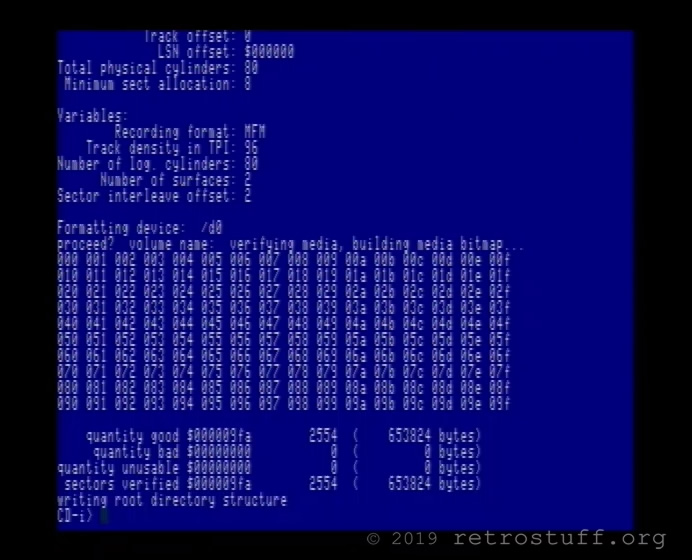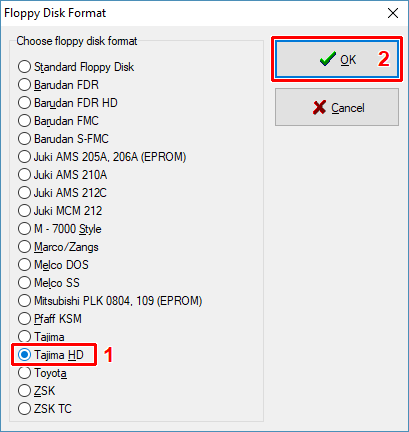

Today I tested Teledisk to convert a TD0 file to the emulated 720kb floppy disks. I also have another VM with a 386 and DOS 6.0 and has the same issue. (Can format a 5.25 360kb floppy disk on a 5.25 1.2MB drive, altought I did not test, if it happens on the 5.25 disk format).ĭesktop (please complete the following information): DOS 3.2 added support for 720kb floppy disks and added disk format autodetection. It should detect the disk format correctly. Type FORMAT A: (If the disk drive is A).On DOS 4.0 and later is possible to force a 720kb format using the FORMAT command with the /F:720 parameter.It formats correctly a 720kb disk on 720kb drive. This bug only occurs when 1.44MB floppy is used.

This affects all DOS versions from 3.30 (this was the first version with 1.44MB floppy disk support) to MS-DOS 6.22.

It would, however be a good idea to back up the data stored on the disk, as it will now be more vulnerable to ingress of dirt and dust through the open hole.The DOS FORMAT utility, throws an error when formatting a 3.5 720KB floppy on a 1.44MB disk drive.

The heads will be able to access the magnetic surface with no obstruction at all. If the shutter has been removed completely, then it will cause no problem in the disk drive. (Such a disk can usually be prised out by lifting the door clear of the bent shutter.) If the shutter is bent slightly, so that the faces are "lifting up" from the case, this can be a problem: the shutter may catch on the floppy drive's door when ejecting the disk, resulting in a disk stuck in the drive. The shutter is pushed to the side when the disk is inserted, to let the drive's heads read the magnetic surface inside. Older 5 1/4 and 8 inch disks had no shutter, and were stored in a sleeve instead. The shutter's purpose is to protect the disk surface from dust, dirt, and fingerprints. (It's probably the most entertaining part for someone to start playing with in the first place.) The easiest part of a floppy disk for a three-year-old to remove would be the sprung metal shutter. Working on the assumption that it was 3 1/2 inch floppy disk, there are varying degrees of "open".


 0 kommentar(er)
0 kommentar(er)
